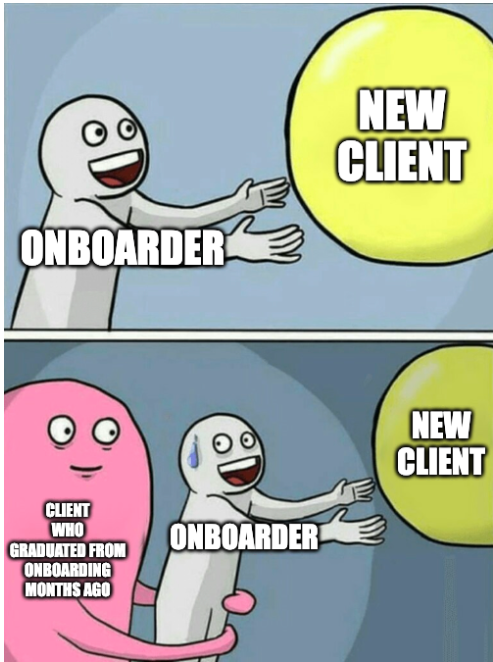
I get it. Newly onboarded customers might have a hard time letting go. (I've even heard some people call their handoff calls "Break up calls"). After all, you worked hard to be a product expert, a trusted advisor, their advocate, the list goes on.
Here's my standard format for a handoff call:
🟢 Introduce the customer to the CSM and vice versa
🟢 Give a brief overview of how amazing each member was to work with
🟢 Set basic guidelines for when to reach out to support vs. CSM ("Support's job starts when the product stops working")
🟢 Turn the time over to the CSM
How do you set clear boundaries to make sure that the customer is empowered in knowing where to go if they have questions post onboarding?



